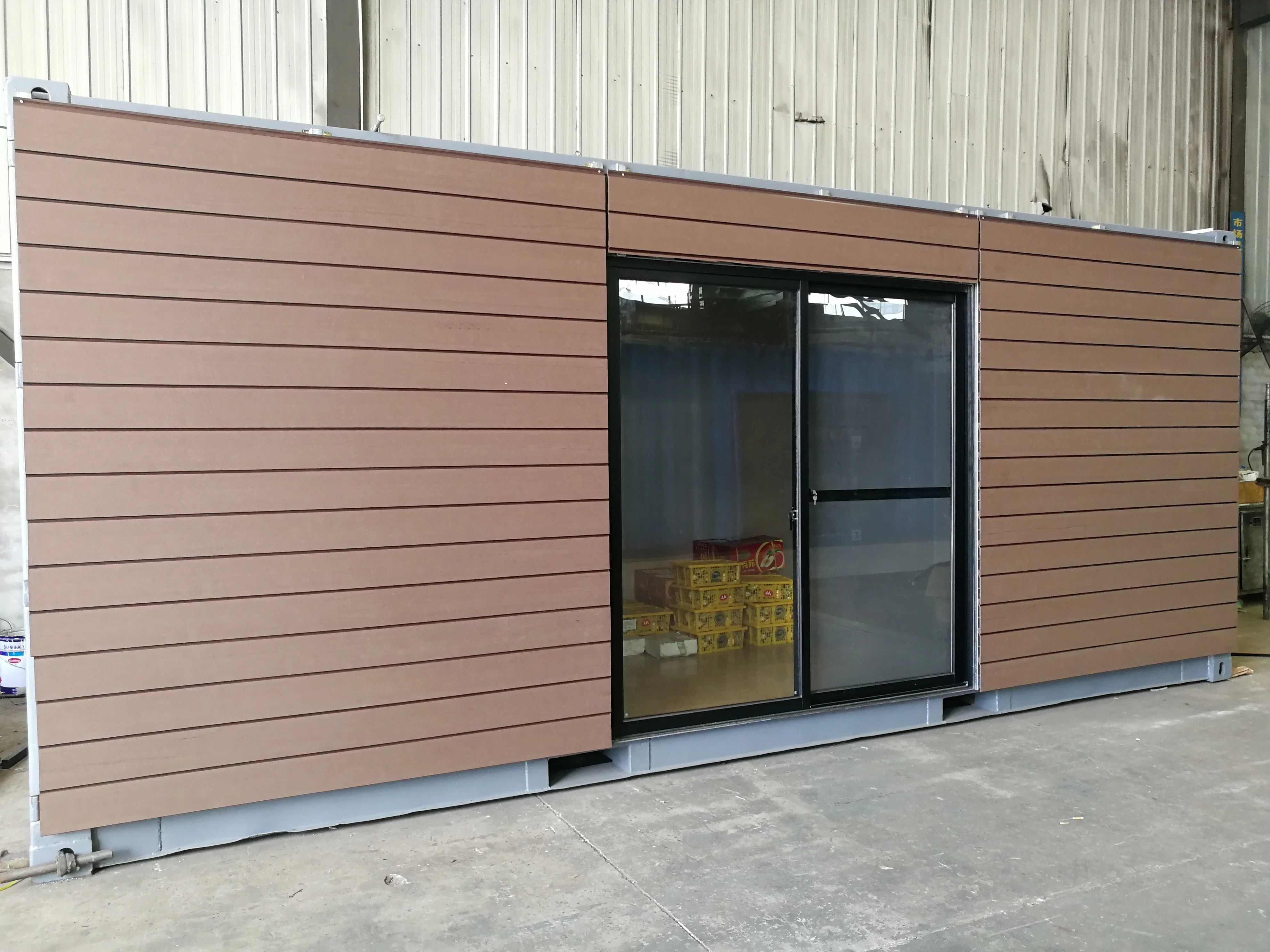Email format error
Email cannot be empty
Email already exists
6-20 characters(letters plus numbers only)
The password is inconsistent
Email format error
Email cannot be empty
Email does not exist
6-20 characters(letters plus numbers only)
The password is inconsistent


In recent years, the allure of tiny house living has captured the imagination of many individuals seeking simplicity, affordability, and sustainability. Among the various options available, prefab cabins stand out for their convenience, cost-effectiveness, and customizable features. In this comprehensive guide, we'll delve into the various facets of prefab cabins, covering everything from cost considerations and installation processes to regulations, customization options, and maintenance tips.
When considering the affordability of prefab cabins, it's essential to factor in both upfront costs and long-term savings. The upfront costs typically include the price of the prefab cabin kit itself, along with additional expenses such as site preparation, utility hookups, and permits. While the initial investment may seem substantial, prefab cabins offer significant long-term savings. Thanks to their energy-efficient design and smaller footprint, owners often enjoy reduced utility bills and lower maintenance costs compared to traditional homes.
For those considering financing options, there are several avenues to explore. Traditional mortgage loans are an option, although securing financing for tiny homes may require some research and negotiation. Alternatively, specialty loans designed specifically for tiny homes can provide more flexible terms. Rent-to-own or lease options may also be available, allowing individuals to gradually transition into prefab cabin ownership without a large upfront payment.
The installation and construction process of prefab cabins is relatively straightforward but requires careful planning and coordination. It begins with site preparation, which involves clearing and leveling the ground and selecting an appropriate foundation option. Common foundation choices include concrete slabs, pier and beam systems, or even mobile foundations for maximum flexibility.
Once the site is prepared, the prefab cabin components are delivered and unloaded. Depending on the manufacturer, the assembly process may vary, but it typically involves following a step-by-step guide provided with the kit. Despite the simplicity of prefab cabin construction, challenges such as weather delays or coordination issues with contractors may arise. However, with proper preparation and communication, these challenges can be overcome efficiently.
Before embarking on a prefab cabin project, it's crucial to familiarize yourself with the regulatory requirements and zoning laws in your area. Building permits are typically required for prefab cabins, and zoning regulations may dictate where and how you can place your cabin. It's essential to ensure compliance with building codes and standards to guarantee the safety and structural integrity of your prefab cabin.
Additionally, certain restrictions may apply to the placement of prefab cabins, such as minimum lot size requirements or setback regulations. By researching and understanding these regulations upfront, you can avoid costly delays or complications during the construction process.
One of the most appealing aspects of prefab cabins is the ability to customize and personalize your living space according to your preferences and needs. From choosing the perfect floor plan to selecting interior finishes and features, the options are virtually endless.
Floor plan options range from standard layouts to fully customized designs, allowing you to optimize space efficiency and functionality. Interior finishes such as wood, metal, or composite materials offer durability and aesthetic appeal, while built-in furniture and storage solutions maximize usable space.
For those seeking off-grid living or incorporating smart home technology, prefab cabins can be equipped with solar power systems, home automation features, and energy-efficient appliances. Whether you're a minimalist looking to simplify your life or a tech enthusiast embracing the latest innovations, prefab cabins offer endless possibilities for customization.
Maintaining a prefab cabin is essential for ensuring its longevity and optimal performance. Routine tasks such as cleaning the exterior and performing HVAC system maintenance can help prevent issues and extend the lifespan of your cabin.
Inevitably, repairs may be needed from time to time, whether it's addressing leaks, drafts, or other common issues. While some repairs can be tackled as DIY projects, others may require professional assistance. By staying proactive and addressing maintenance tasks promptly, you can minimize the risk of costly repairs down the line.
Seasonal considerations also play a role in prefab cabin maintenance, with winterization tips and summer maintenance checklists helping owners prepare their cabins for changing weather conditions. By following these guidelines and staying proactive, prefab cabin owners can enjoy years of comfortable and sustainable living in their cozy retreats.
In conclusion, prefab cabins offer a versatile and affordable housing solution for those seeking a simpler, more sustainable lifestyle. By considering cost factors, understanding the installation process, navigating regulations, exploring customization options, and implementing proper maintenance practices, prefab cabin owners can create their ideal living space and embrace the joys of tiny house living. Whether nestled in the woods or perched atop a mountain, prefab cabins offer endless possibilities for adventure and tranquility in a compact and stylish package.